Collaboration mechanism and prospect analysis of 3D printed insoles and plantar 3D scanners
I. Technical collaboration process
(1) Plantar data acquisition and modeling
Use plantar 3D scanners (such as laser or structured light technology) to quickly obtain high-precision 3D morphological data of the user's foot, including arch height, foot length, foot width and 3D data. Compared with traditional plaster molding, this technology can complete non-contact measurement within tens of seconds, and the error is controlled at the millimeter level.
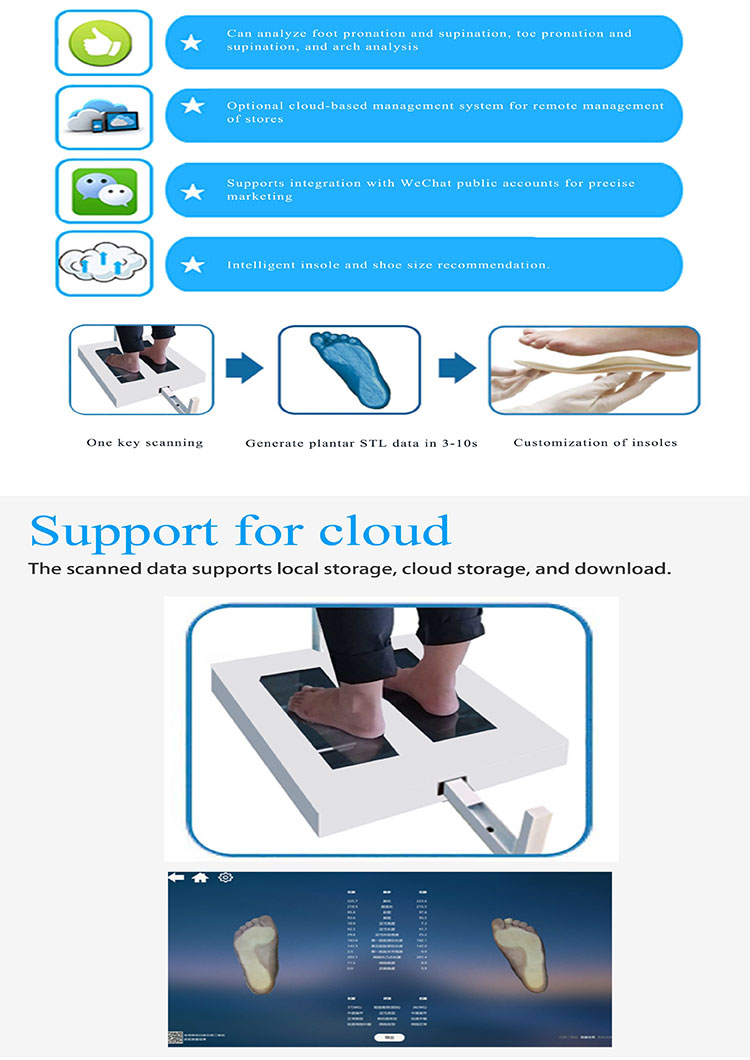
(2)Biomechanical analysis and design optimization
After the scan data is imported into the biomechanical software, it is comprehensively analyzed in combination with the user's weight, gait habits and foot symptoms to generate a 3D model of a customized insole. During the design stage, the CAD system is used to adjust the hardness, porosity and other parameters of the support area. For example, elastic materials are used to enhance cushioning in the forefoot, and hard materials are used to provide stable support in the arch area.
(3)Multi-material 3D printing molding
Based on the optimized model, the 3D printer uses thermoplastic polyurethane (TPU), nylon and other materials to stack and manufacture layer by layer. The equipment can accurately control the material density and structure of different areas, realize the seamless integration of soft and hard materials in a single print, and improve functionality and comfort.
2. Technical advantages and innovative value
(1)Personalized adaptation: Through the dual matching of anatomical data and biomechanics, the adaptation problem of traditional insoles "one insole for a thousand people" is solved, especially for pathological needs such as flat feet and high arches.
(2)Improved manufacturing efficiency: The delivery cycle from data collection to finished products is shortened to 24-48 hours, which is more than 70% higher than the traditional manual production efficiency.
(3)Innovative application of materials: The porous lattice structure design can reduce weight by 30% while maintaining support strength, and the dynamic response material can also adjust the hardness according to the state of movement.
3. Industry application prospects
(1)Explosive growth in the field of medical rehabilitation
The global foot orthopedic market is expected to reach US$5.4 billion in 2025. 3D customized insoles can accurately correct gait abnormalities and relieve joint pressure, becoming the standard for treatment plans such as diabetic foot and sports injuries.
(2)Accelerated penetration of the consumer market
Sports brands use the "scan + instant printing" store model to allow consumers to get exclusive insoles within 1 hour. Nike, Adidas and other companies have incorporated this technology into their smart wearable product lines to promote the upgrading of public health consumption .
(3)Sustainable development empowerment
3D printing technology enables material utilization to reach more than 95%, and with the application of degradable bio-based materials, it significantly reduces the industry's carbon footprint. The 2024 industry report shows that this model reduces carbon emissions from a single product by 42% .

 +86-0755-86131192
+86-0755-86131192 2025-04-14
2025-04-14 Back to list
Back to list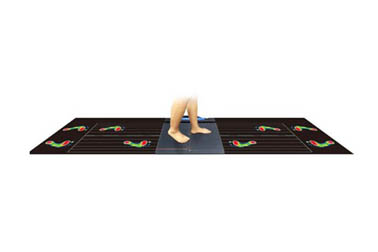
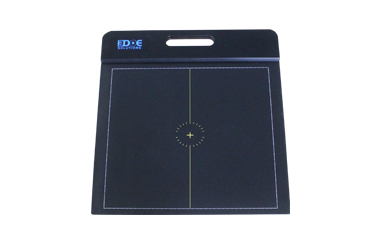
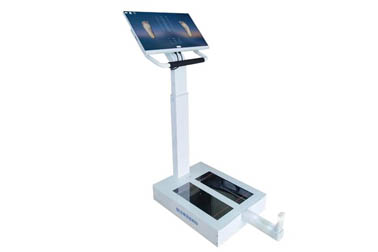
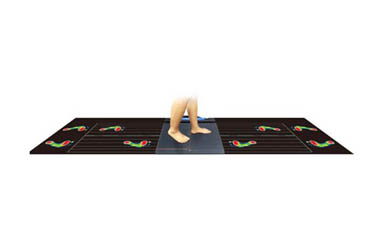
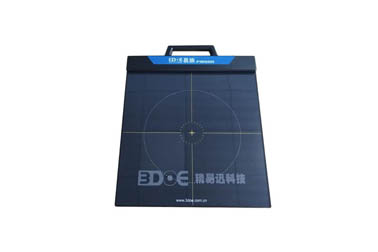
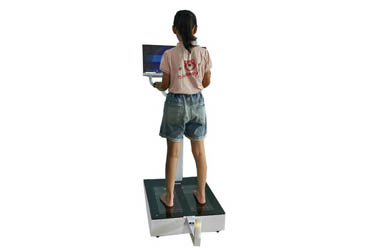



 +86-0755-86131192
+86-0755-86131192